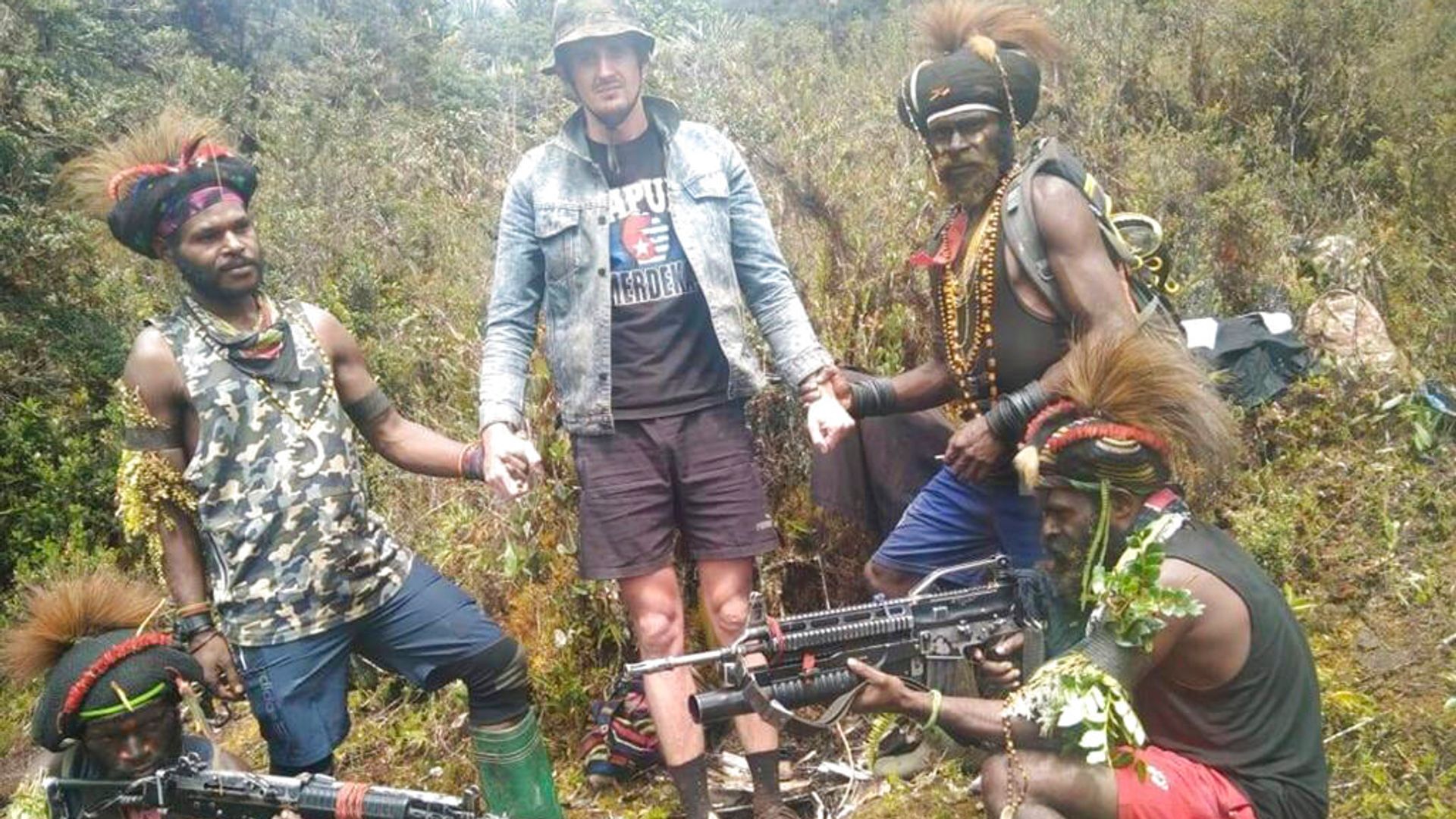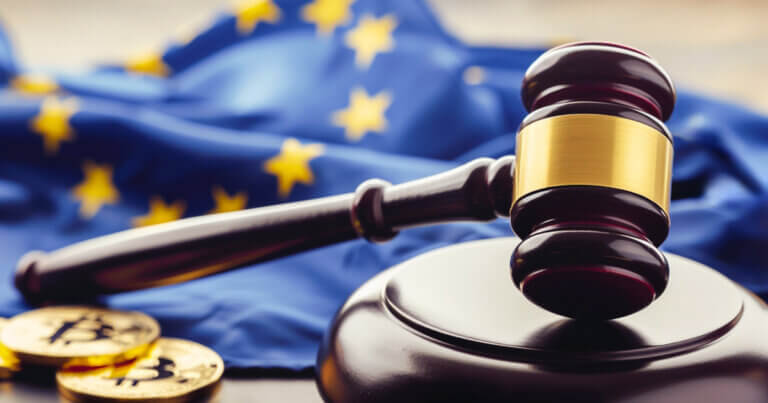A New Zealand pilot has been released after a year and a half of being held hostage in Indonesia’s Papua region.
Phillip Mehrtens was captured by separatist rebels the West Papua Liberation Army after he landed a commercial plane on 7 February last year.
He was due to pick up 15 construction workers who had been threatened with death while building a health centre in the remote Nduga district.
Indonesian police said the pilot was freed on Saturday, 19 months after he was first captured, and is currently undergoing medical examination.
New Zealand foreign minister Winston Peters said “We are pleased and relieved to confirm that Phillip Mehrtens is safe and well and has been able to talk with his family. This news must be an enormous relief for his friends and loved ones.”
The West Papua Liberation Army held Mr Mehrtens in a bid to open independence talks with the Indonesian government. His passengers were released because they were Papuans, rebel spokesman Sebby Sambom said at the time.
In May last year, a video showed the pilot looking emaciated and holding the banned Morning Star flag – a symbol of Papuan independence – while surrounded by armed rebels.
Cold lava landslides and flash floods leave 43 dead in Indonesia after heavy rains
Orangutan seen using medicinal plant to treat wound in first for wild animals
Thousands ordered to flee homes as Indonesian volcano eruption sparks tsunami warning
Be the first to get Breaking News
Install the Sky News app for free
He said at the time the rebels wanted other countries to be involved in independence talks, and added that if “it does not happen within two months, then they say they will shoot me”.
Read more from Sky News:
Body found in search for missing TV chaplain
Parents die on Hawaii ‘babymoon’
Anthony Joshua’s shot at greatness against Dubois
Keep up with all the latest news from the UK and around the world by following Sky News
Papua became part of Indonesia in a controversial 1969 vote and there has been an insurgency ever since, with frequent violence between indigenous people and security forces.
In more recent years, the fighters have been able to access better weapons, increasing the number of clashes.




